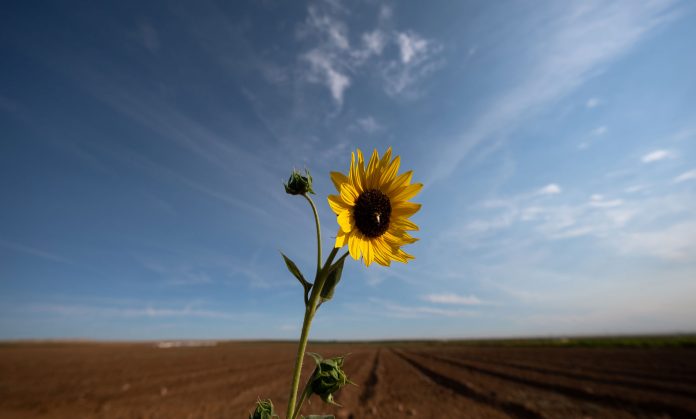
In recent weeks, dangerous heat has killed hundreds of people in Oregon and Washington, endangered workers across the region and strained California’s power grid.
It has also exacerbated the slow-moving natural disaster already punishing the West: the drought.
Late last week, Gov. Gavin Newsom formally urged all Californians to reduce their water use by 15%. It’s not a mandate, but it underscores the harsh new reality we’re facing.
Even though residents and big urban water agencies got much better at cutting water use during the last major drought, from 2012 to 2016, the situation now is dire enough to warrant such a broad plea.
Newsom also expanded the state’s drought emergency so that it encompasses 50 of the state’s 58 counties, including Santa Clara, which is the most populous county in the Bay Area.
The drought is pummeling many of California’s varied agricultural industries particularly hard, as farmers and ranchers contemplate a future without — or with much less — water.
And it’s forcing difficult choices about the most efficient uses of a precious resource.
Like all the rest of California’s thorny problems, which crops to grow and how much of them should be planted is a shifting puzzle unfurled across millions of acres.
Consider the almond.
In the midst of the last drought, the tree nut was much maligned for being, well, thirsty. In 2015, story after story trumpeted that each almond takes a gallon of water to produce — while Angelenos and other city dwellers were being forced to rip out their lawns and go to other lengths to conserve.
But Ellen Hanak, director of the Public Policy Institute of California’s Water Policy Center, told me that the reputation wasn’t totally fair.
While almonds do use a large amount of water per acre of crop, she said, it’s similar to other tree crops and less than rice, irrigated pasture or alfalfa, which is essentially cow food.
Furthermore, how much water it takes to grow various crops is hardly set in stone. It depends on how hot the place is where the crops are growing, for instance. Irrigation methods can also make a difference.
“What matters for agriculture is: How much money do you make with the water?” she said. “One of the reasons people single out almonds is because they’re widespread on the landscape.”
It is true that the demand for almonds exploded just as the last drought was gripping California, Hanak said. However, the rise of the almond as a signature California crop hints at bigger trends.
Tree crops — including almonds, but also peaches, citrus, avocados and other fruits and nuts — turn every drop of water into a lot of money compared with other crops.
A 2018 analysis by the institute found that “orchards and vines” accounted for 45% of California’s crop revenues and 34% of the water used for crops. Alfalfa, by contrast, accounted for 4% of the revenues and used 18% of the water.
So farmers have increasingly turned to those higher-value tree crops.
At the same time, Hanak said, growers, water agencies and regulators are trying to rebalance the state’s depleted groundwater supply — an effort that would have taken years, even under wetter circumstances.
“Folks have just developed these plans and they’re just launching them and then we get hit with another severe drought,” she said. “It’s really tough.”
Some farmers are deciding to take parts of their land out of production while they must. Some are grappling with whether they should keep farming at all.
This dilemma is part of why, as my colleague Somini Sengupta recently reported, the San Joaquin Valley — California’s agricultural heartland — is projected to lose more than a 10th of its acreage of agricultural production by 2040.
Hanak said that changes could perhaps take place without a major hit to the region’s economy. But it would most likely mean continuing to use water on the most lucrative crops, which also tend to bring more employment.
Whatever happens, the consequences will be felt not just in California’s $50 billion agricultural sector but also in the nation’s food supply.
California, as Somini noted, supplies two-thirds of the country’s fruits and nuts and more than a third of America’s vegetables.
This article originally appeared in The New York Times.
Copyright 2021 The New York Times Company













